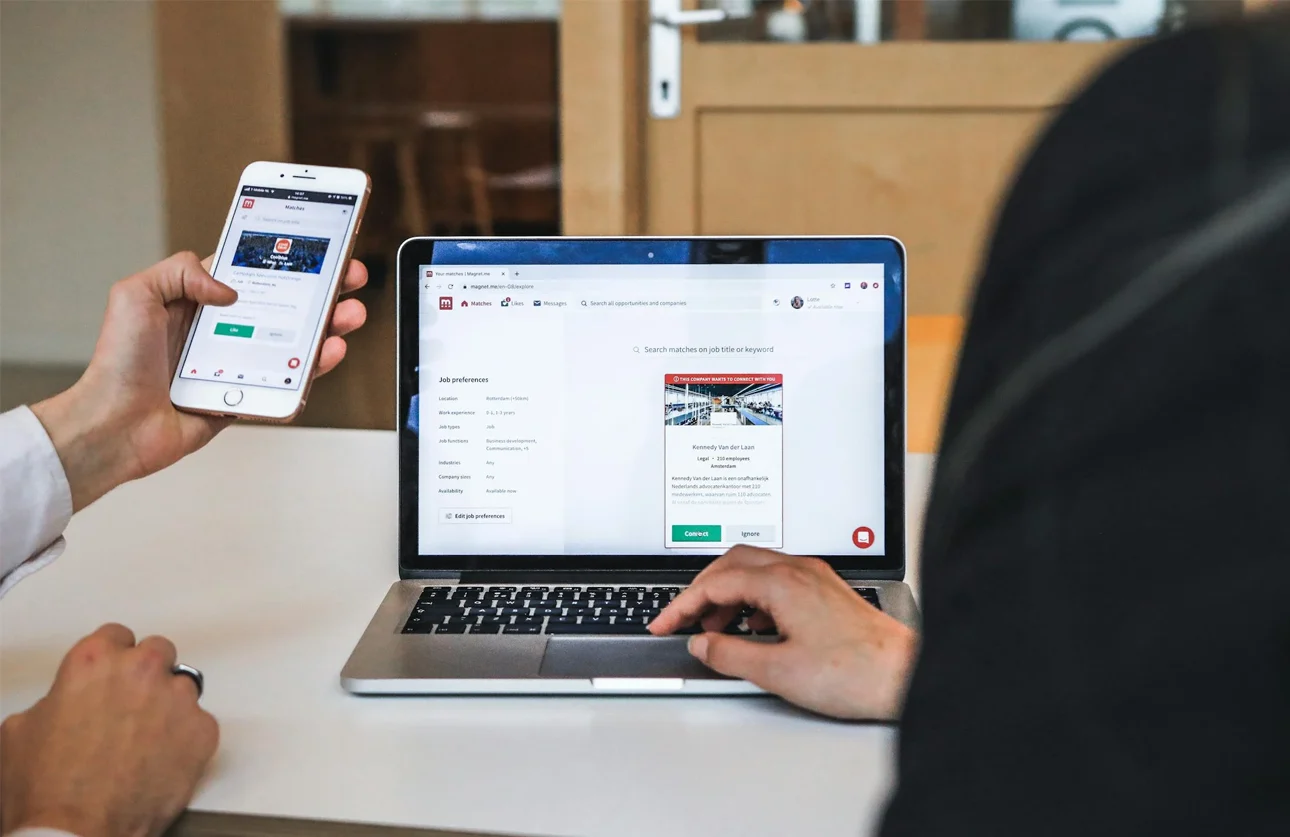Discover how Virtual Reality (VR) and Augmented Reality (AR) are revolutionizing education. Explore their impact on immersive learning, student engagement, and the future of digital classrooms.
1. Understanding VR and AR in Education
VR creates fully immersive digital environments, allowing students to explore virtual spaces, conduct simulations, and engage in hands-on learning. AR, on the other hand, overlays digital information onto the real world, enriching physical learning experiences. Both technologies offer new ways to interact with educational content, making lessons more dynamic and engaging.
2. Enhancing Student Engagement and Retention
Traditional teaching methods often struggle to maintain student attention. VR and AR make learning interactive by immersing students in real-world scenarios. Research suggests that hands-on, experiential learning improves retention rates, making VR and AR powerful tools for reinforcing concepts and deepening understanding.
3. Immersive Learning in Science and Medicine
Medical students can use VR to perform virtual dissections, practice surgeries, and explore human anatomy in 3D. Similarly, science students can conduct virtual lab experiments without safety concerns or resource limitations. These technologies provide a risk-free environment for learning complex concepts through practical application.
4. Virtual Field Trips and Cultural Exploration
VR allows students to take virtual field trips to historical sites, museums, and even space. AR can bring historical events to life by overlaying animations and interactive content in physical locations. These experiences make history, geography, and cultural studies more vivid and engaging, eliminating geographical and financial barriers to exploration.
5. AR-Powered Textbooks and Learning Materials
Augmented reality transforms traditional textbooks by adding interactive 3D models, animations, and videos. When students scan a page using an AR-enabled device, they can access additional multimedia content that enhances their understanding. This approach bridges the gap between static information and dynamic learning.
6. Personalized Learning with VR and AR
Every student learns at a different pace, and VR/AR technologies support personalized learning experiences. Adaptive VR simulations adjust difficulty levels based on student progress, providing tailored feedback and individualized instruction. AR-powered learning apps offer interactive exercises that cater to different learning styles.
7. Skill Development and Vocational Training
Vocational and technical education benefits greatly from VR-based training simulations. Industries like aviation, automotive repair, and construction use VR for hands-on skill development. AR-assisted training also helps workers learn complex machinery operations with step-by-step digital guides, improving workforce readiness.
8. Overcoming Learning Barriers and Disabilities
VR and AR offer innovative solutions for students with learning disabilities. VR can create controlled environments that help students with autism practice social interactions. AR provides real-time text-to-speech conversion and interactive learning aids for students with dyslexia or visual impairments, making education more inclusive.
9. Remote Learning and Virtual Classrooms
With the rise of online education, VR-powered virtual classrooms are becoming a reality. Students can interact with peers and teachers in immersive learning environments, making distance learning more engaging. AR-based collaboration tools also enhance remote group projects, fostering teamwork and interaction despite physical distances.
VR and AR are revolutionizing education by making learning more immersive, interactive, and accessible. From virtual labs to personalized lessons, these innovations are shaping the future of education. As schools and educators embrace these technologies, students will benefit from more engaging and effective learning experiences, preparing them for a rapidly evolving world.







.jpg)



